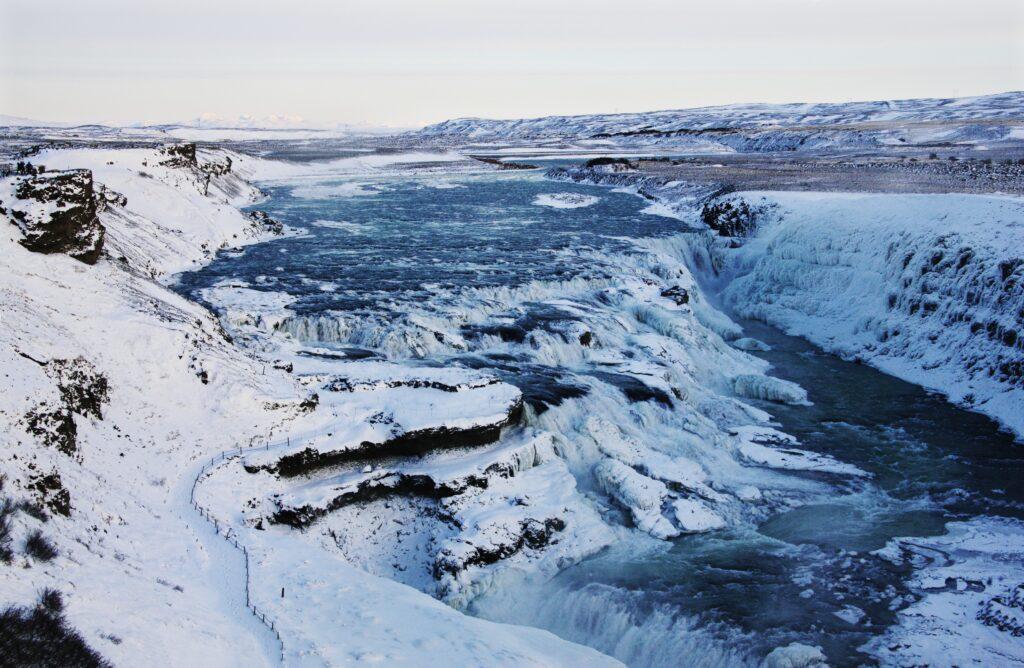Human Activity Has Disrupted Earth’s Ancient Ice Age Cycle
For millions of years, Earth’s climate has followed a rhythmic dance dictated by subtle changes in our planet’s orbit and tilt. These natural cycles brought alternating periods of glaciation and warmer interglacial periods with remarkable regularity. But new research reveals that human-caused climate change has now thrown this ancient rhythm off balance – potentially delaying the next ice age by tens of thousands of years.
The Milankovitch Mystery
Earth’s long-term climate patterns are governed by three orbital characteristics:
- Eccentricity – Changes in Earth’s orbital shape (100,000-year cycle)
- Obliquity – Variations in axial tilt (41,000-year cycle)
- Precession – Wobble in Earth’s rotation (26,000-year cycle)
For the past 900,000 years, these factors combined to produce ice ages approximately every 100,000 years. The pattern was so consistent that researchers developed a simple rule: glacial periods consistently ended when Earth’s tilt was maximized while its orbit was most circular.
“Since 900,000 years ago, this rule predicts every major glacial termination event,” explains Stephen Barker of Cardiff University, lead author of the new study. “It tells us the system is surprisingly predictable.”

The Ice Age That Never Came
Based on these orbital patterns, Earth should currently be transitioning toward colder conditions:
- Natural cooling would likely begin between 4,300-11,100 years from now
- The next full glacial period would peak around 66,000 years in the future
“But that’s only in a natural scenario,” Barker emphasizes. The 1.5 trillion tons of CO₂ humans have added to the atmosphere since the Industrial Revolution have fundamentally altered this trajectory.
A Climate Disruption Lasting Millennia
The consequences of human activity extend far beyond contemporary warming:
- Current CO₂ levels (420 ppm) are already higher than any point in the past 3 million years
- Natural processes would require hundreds of millennia to remove excess atmospheric CO₂
- Earlier models suggest the next ice age may be delayed by 50,000-100,000 years
“This isn’t just postponing the next glaciation – we’re potentially skipping an entire glacial cycle,” says Andrey Ganopolski of the Potsdam Institute for Climate Impact Research. Even pre-industrial CO₂ levels might have delayed ice sheet formation due to unusually mild orbital variations in coming millennia.
Reading Earth’s Climate Diary
The research team developed their forecast by:
- Analyzing patterns of glacial retreat over the past million years
- Identifying consistent orbital configurations preceding each interglacial period
- Projecting future orbital changes without anthropogenic influence
Their approach sidestepped the “100 thousand year problem” – a longstanding mystery about why ice age intervals shifted from 41,000 to 100,000 years around 800,000 years ago.
The Long Shadow of Human Activity
While the study clarifies Earth’s natural climate rhythm, it also underscores the unprecedented scale of human impact:
- We’ve altered processes that typically operate over tens of thousands of years
- The climate system may require 100,000+ years to return to natural cycles
- Future civilizations will inherit an artificially warm planetary state
“The amount we’ve already emitted will persist in the climate system for timescales comparable to entire glacial cycles,” Barker notes. This realization transforms our understanding of the Anthropocene from a geological footnote to an epoch that may leave its mark on Earth’s climate for hundreds of millennia to come.
As researchers continue refining these long-term forecasts, one thing becomes increasingly clear: human activity hasn’t just warmed the planet – we’ve pressed pause on one of Earth’s most fundamental natural cycles. The consequences of this intervention will far outlast our civilizations, leaving future generations to inhabit a world whose climate rhythms we have permanently altered.

